I have said elsewhere that the landscapes of Dubai and Abu Dhabi are growing (no pun intended) at an extraordinary rate and that the knowledge and skills needed to care for the landscapes as they mature are not keeping pace. This is especially true when it comes to trees.
Palm trees are familiar to the region as a crop tree; they are tough, easy to move without too much worry and of simple form which does not necessitate any complex pruning. Broadleaf trees however, demand more than the crude lopping they are so often subject to, especially in urban spaces where there are issues of health and safety. Bad pruning, but also lack of pruning can lead to dangerous conditions.
The following two pictures show dangers from no pruning care taken:
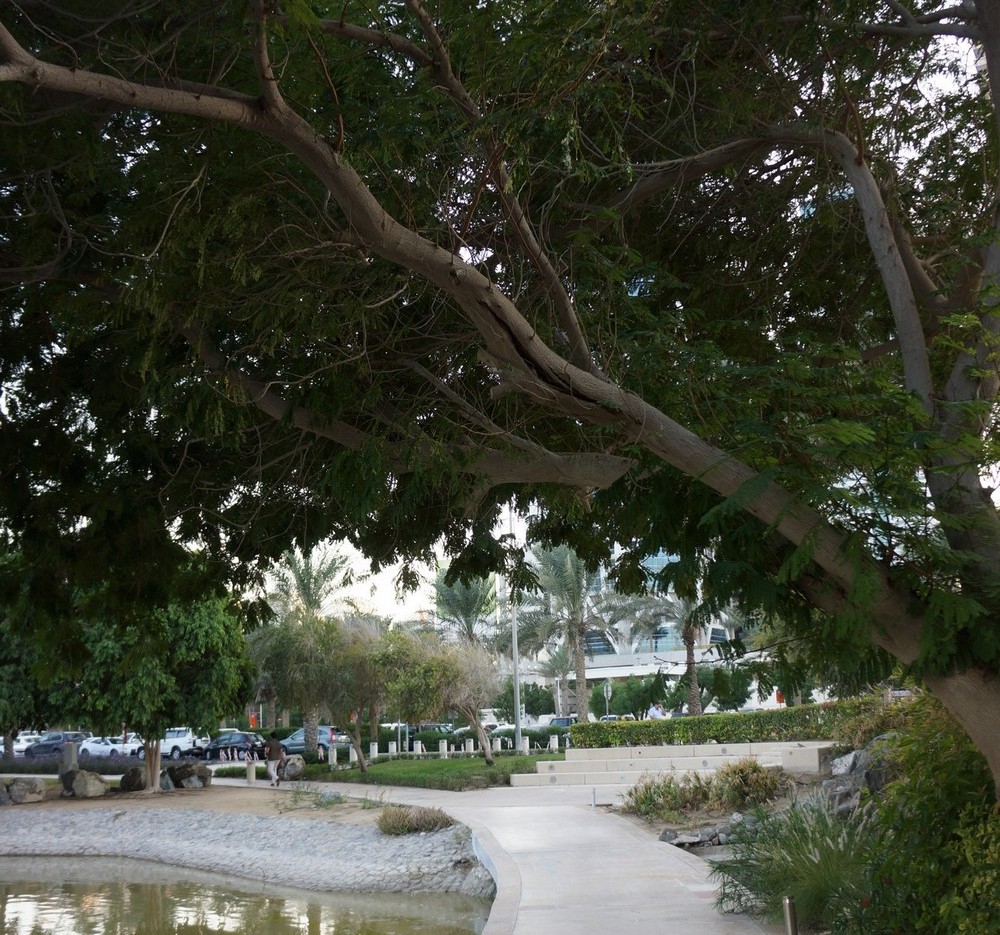
Lack of awareness – split Delonix branch over public path. Here, lack of any pruning leads to a potential danger to the public.
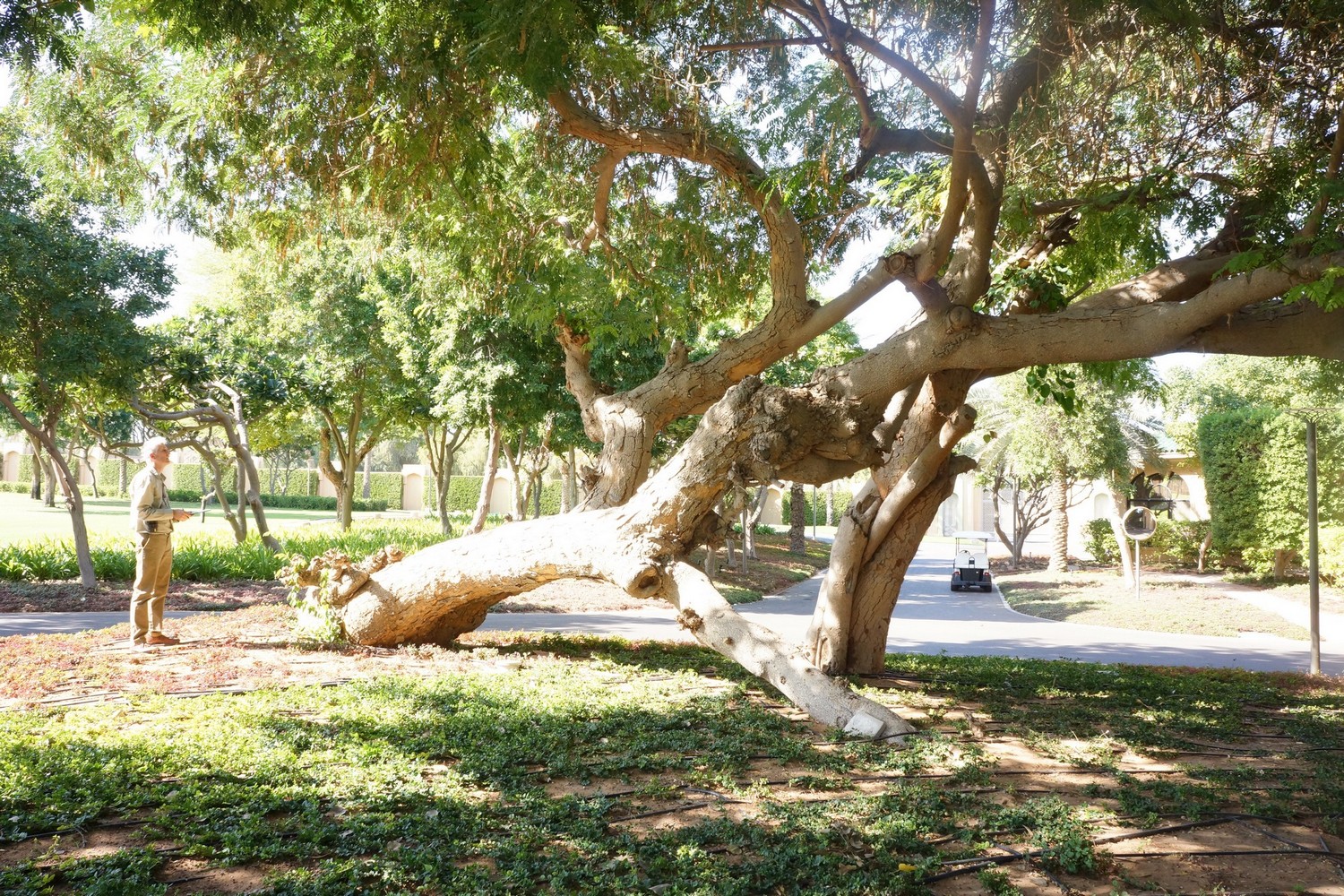
A fallen Albizia tangled into a Ficus – caused by years of neglect
Often a tree’s lifespan and health are determined even before they are planted on a site. Many problems come from lack of formative pruning right at the nursery stage and roots may be damaged during lifting or potting on.
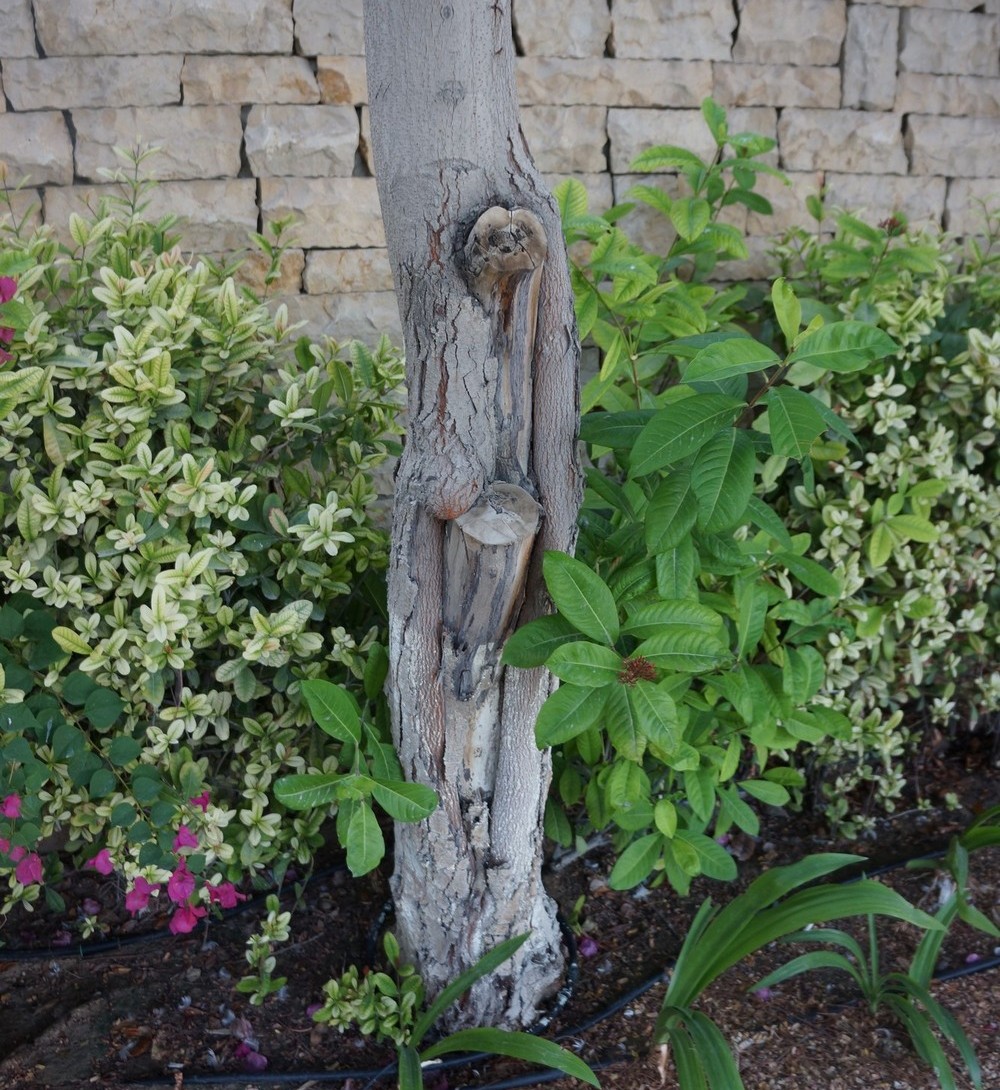
Poor care at the nursery stage has caused significant damage. The tree may never regain its health or vigour.
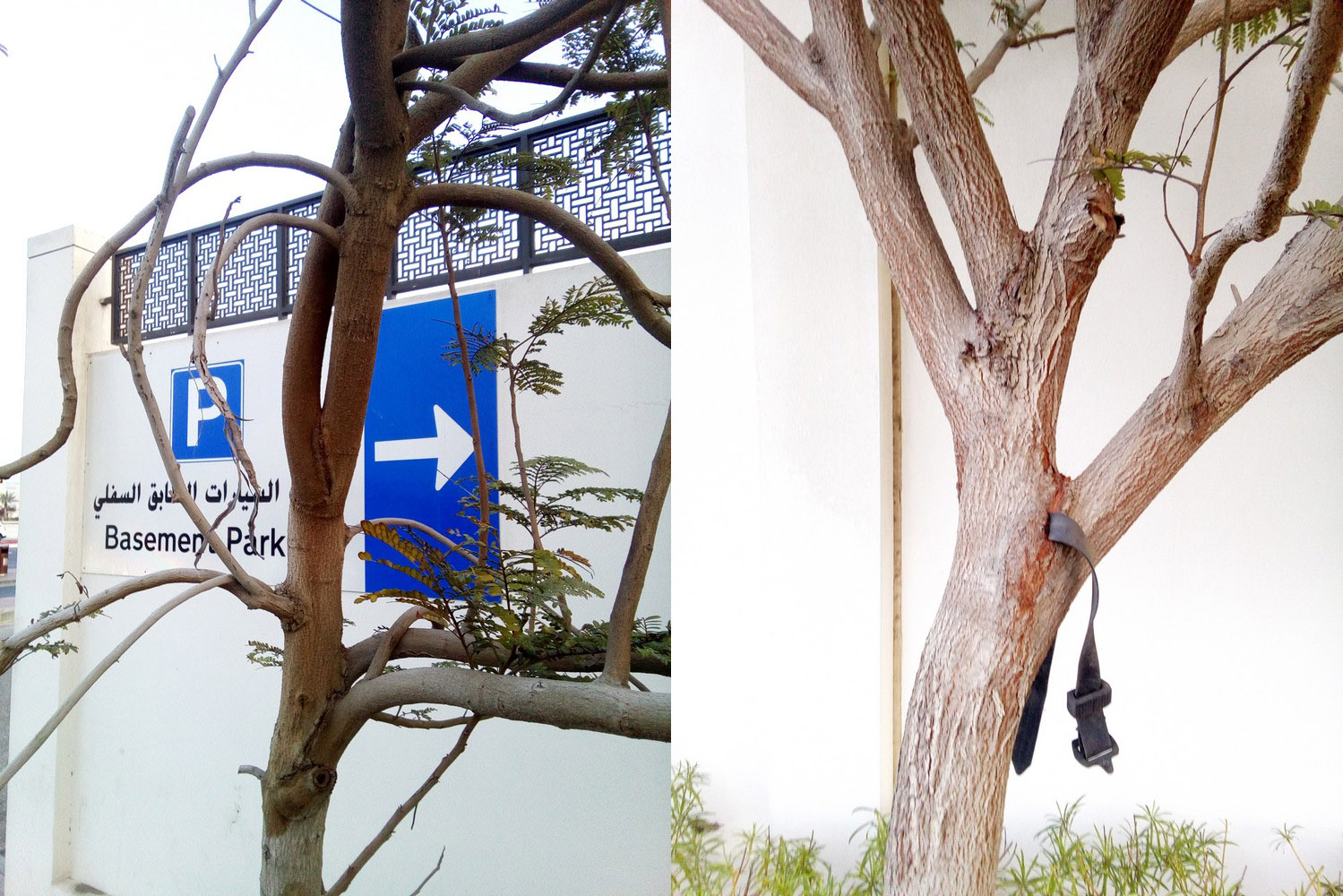
Lack of care and attention in the nursery has damaged these trees; pruning to correct poor shape is easy if done when very young, difficult to correct in trees like these (removing one of the co-dominant stems in the left picture will unbalance the tree, leaving it will ensure future failure). Such faults left in the tree, however, may be impossible to alter as it matures. It doesn’t need training to know that you remove tree-ties before they get trapped.
So many trees are off to a poor start before they are even planted but once they are, environmental factors will kick in. How well they are planted and irrigated will effect their health. Assuming they survive and grow (and the average life-span of a UK planted urban tree is less than 10 years) then they have to cope with the occasional pruning that they are given and the damage that this may cause.
We have to understand that trees never heal. They survive damage by a process of isolation, or compartmentalisation, whereby cells surrounding damage isolate this area from the remaining areas of the tree. Unfortunately, bad pruning tends to rip right through these natural defenses, opening up the tree to infection and decay. Key to this is understanding the correct and way to place cuts. Here’s how you DON’T do it:
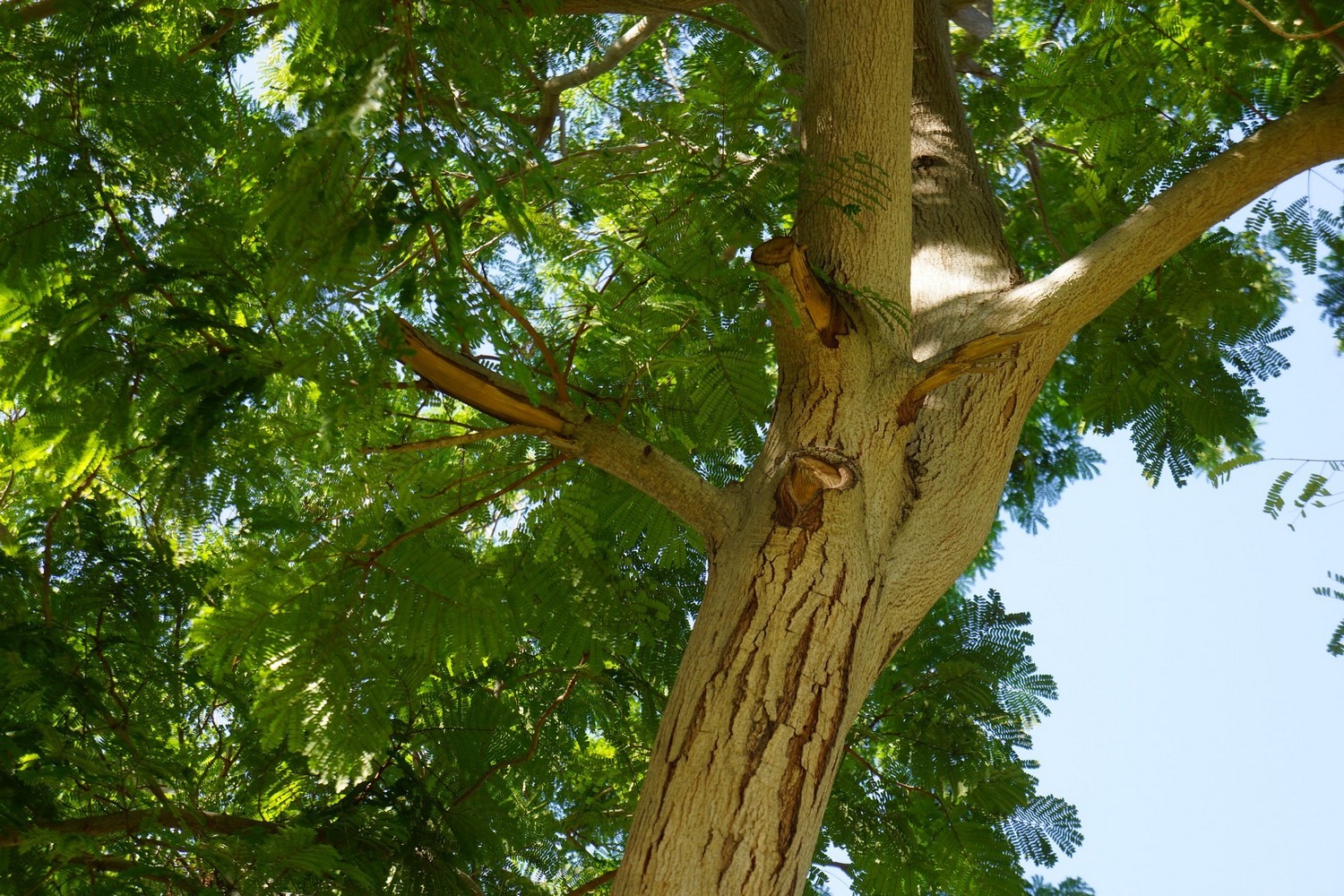
Stubs with tears on a Delonix caused by incorrect pruning methods. Tears have ripped through the collar.
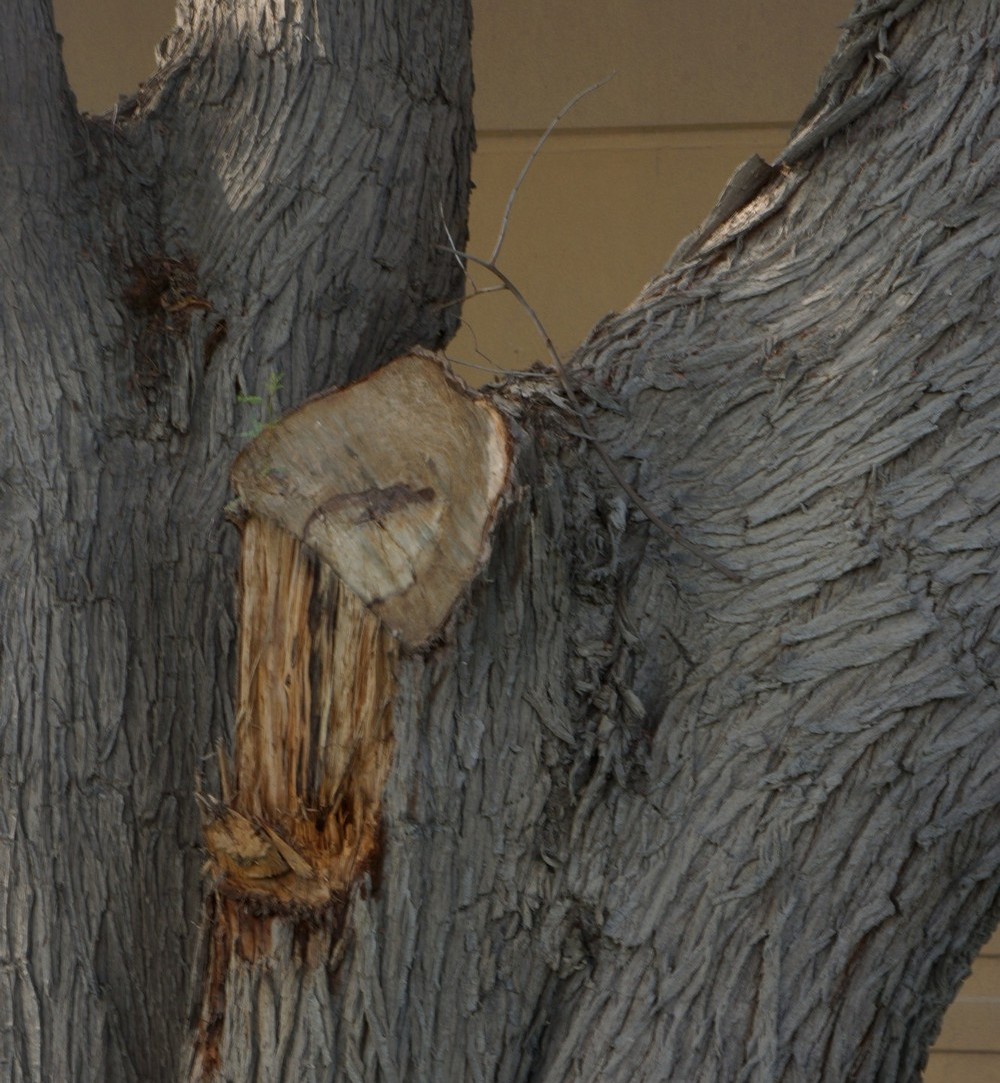
Incorrect pruning has torn through the collar and the natural defense mechanism of this ghaf
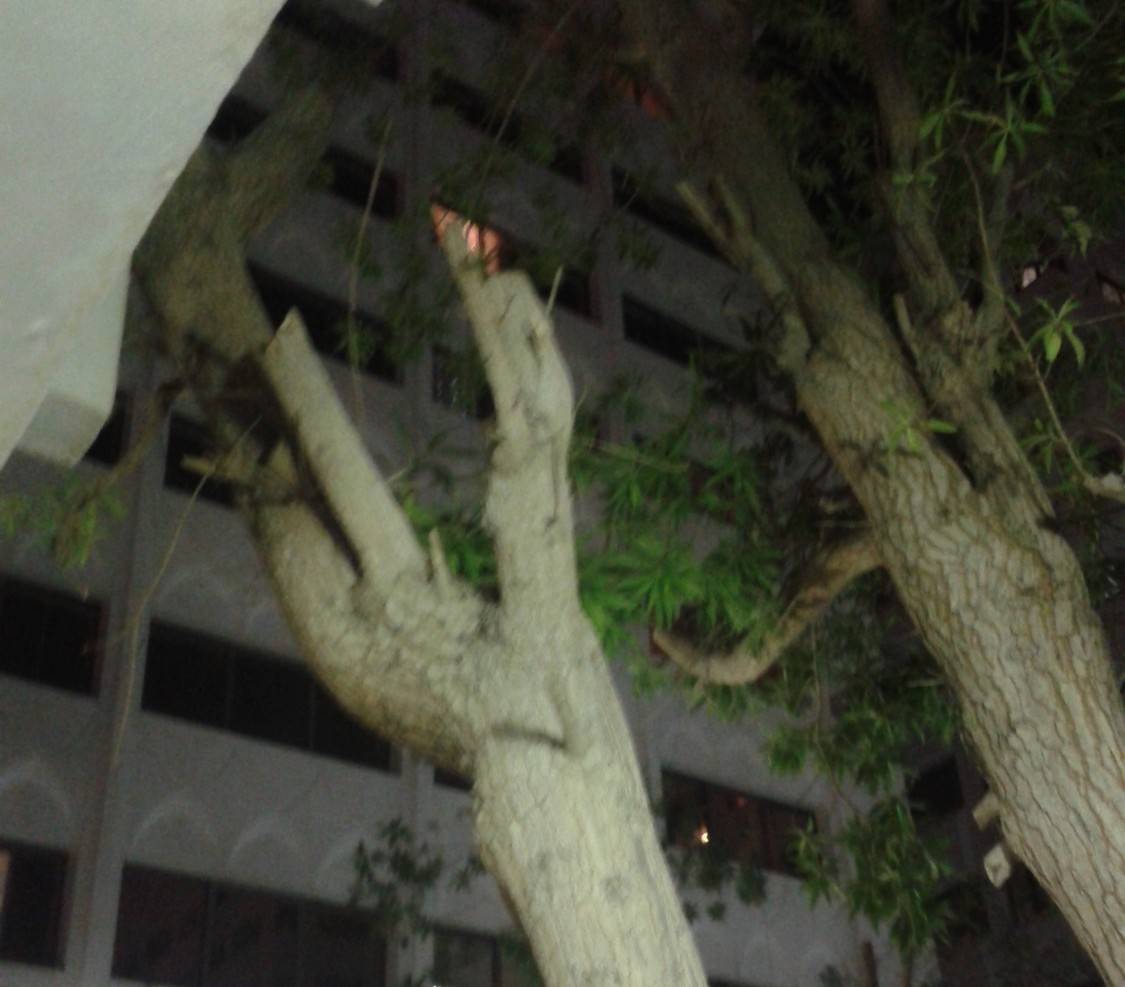
These may “only” be damas trees (and best not planted) but this is still a terrible abuse. Excuse the poor photo, snapped in Abu Dhabi.
All these abuses and bad practices can be seen anywhere in the world, even in the UK which has a thriving profession of arboriculture. Trees in hot climates are critical, however, to the health of people and the city overall. As the landscapes of our modern cities and mega-cities continue to grow, and the effects of climate change become more severe, we need to look after our trees – everywhere – to a much higher standard than our current levels.
Trees deserve our respect – and our thoughtful care. More, they deserve active and knowledgeable management and the correct level of arboricultural skill and care to ensure they thrive and serve us, and our built environments, as best they can. The more we give, the more we get back.
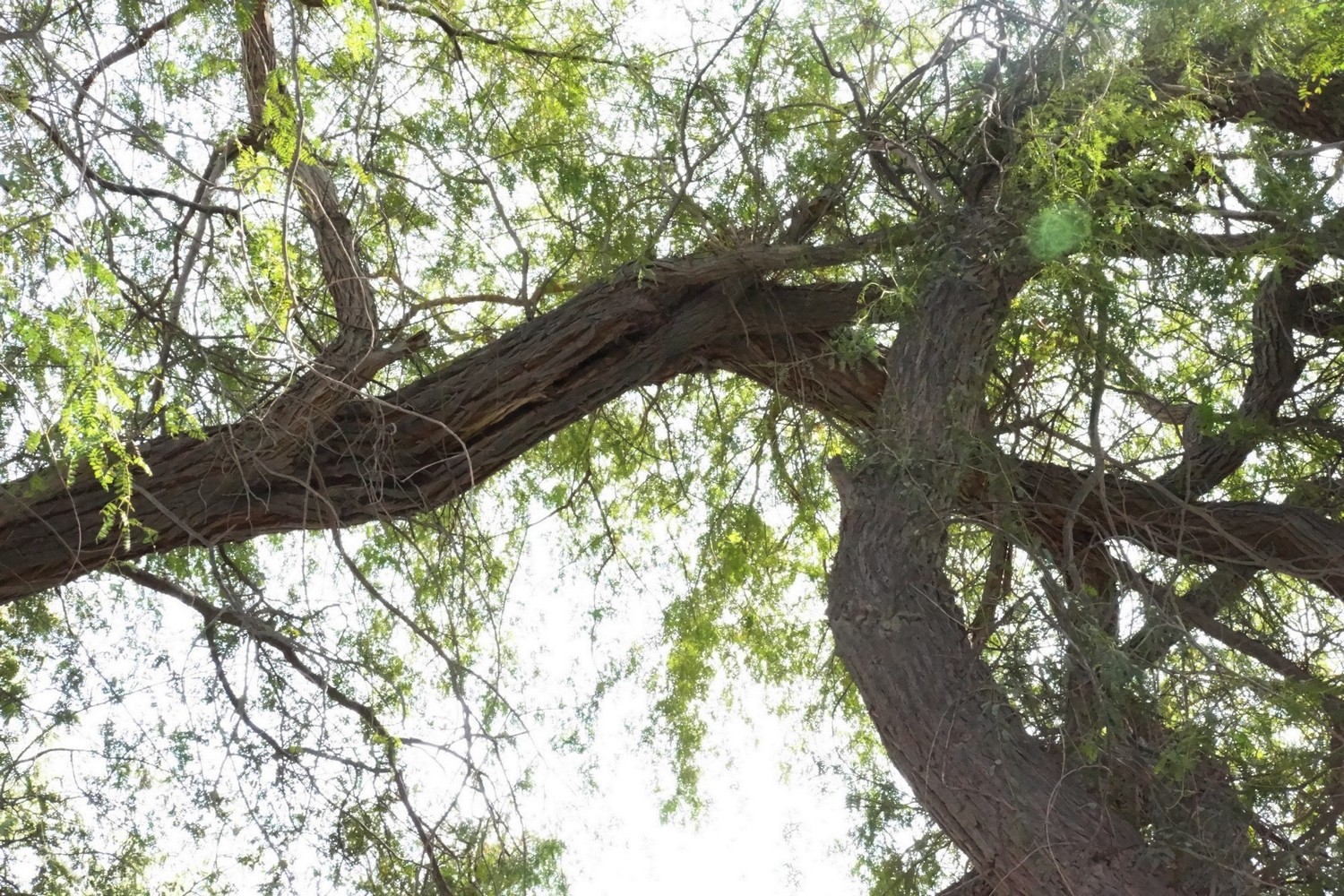
No responses yet